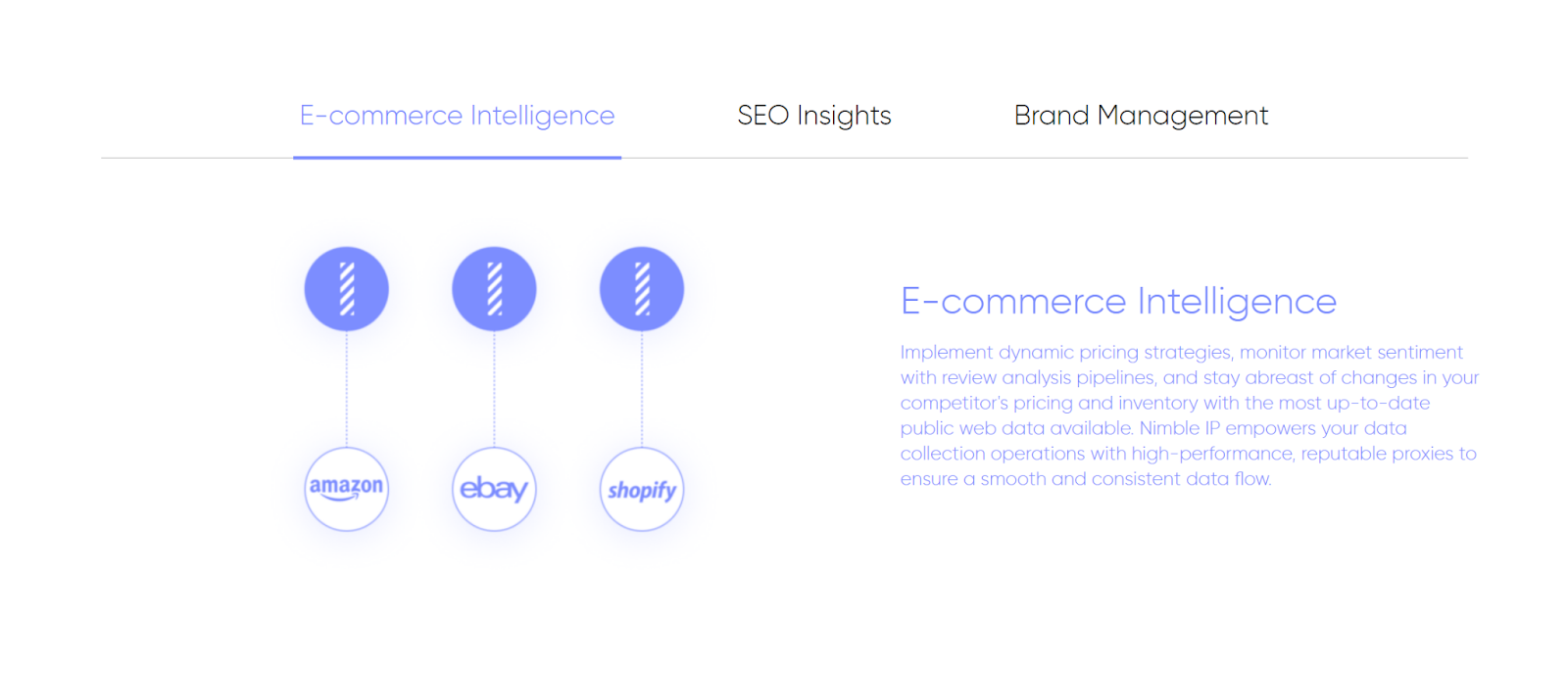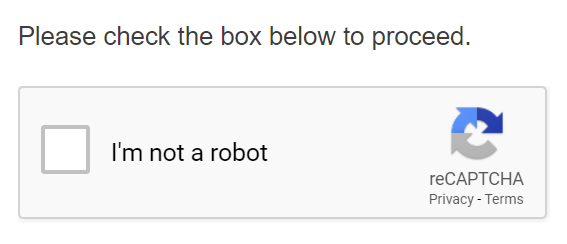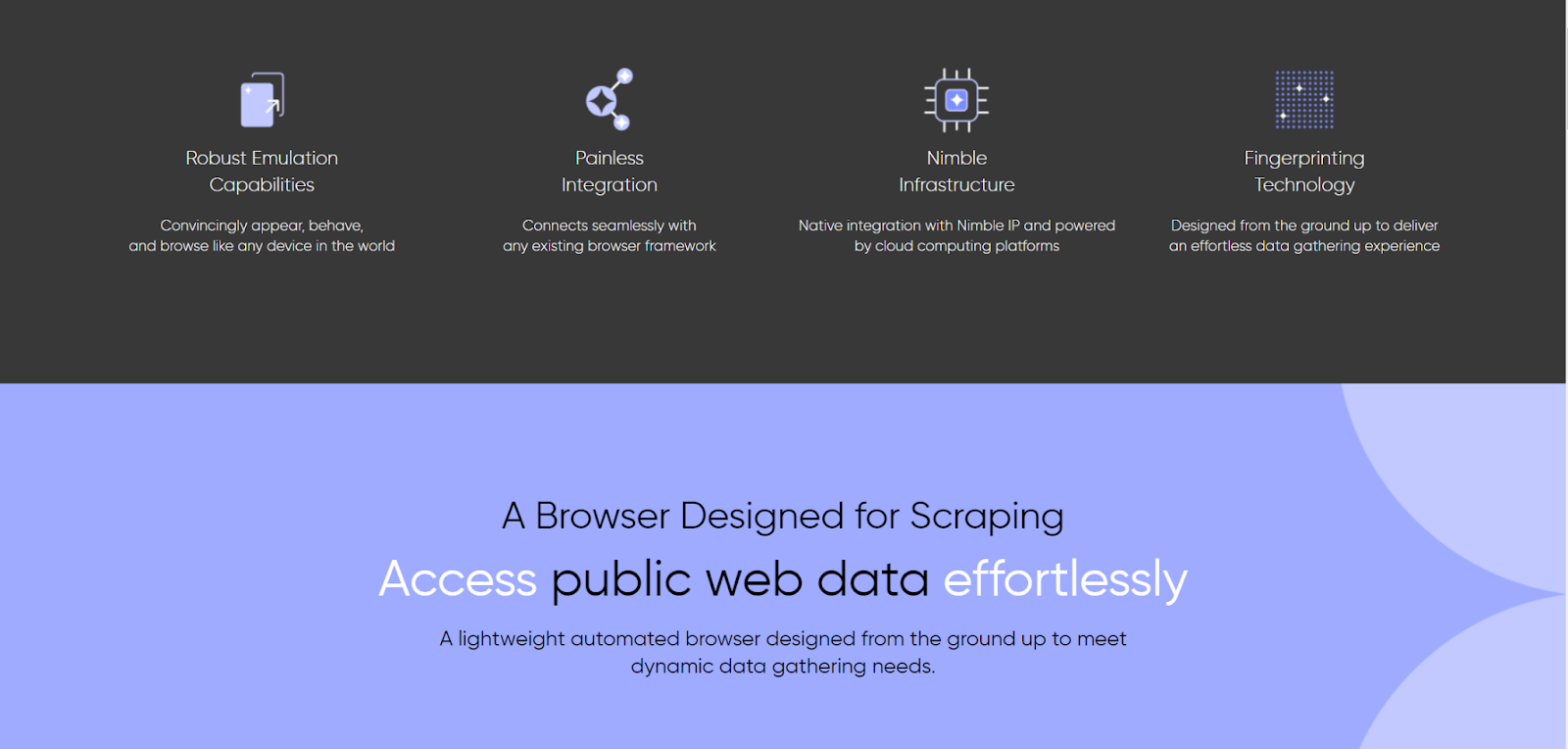

Updated · Feb 11, 2024
Updated · Oct 09, 2023
Darko founded WhatToBecome.com, a comprehensive career guidance platform for beginners in various po... | See full bio
Florence is a dedicated wordsmith on a mission to make technology-related topics easy-to-understand.... | See full bio
Are you a researcher looking to understand global statistics? Or are you searching for ways to improve your business as an entrepreneur? If that’s the case, then you’re at the right place! This article incorporates everything about what is public data and how to use it to your advantage.
Public data is basically information that can be shared, used, reused, and redistributed without restrictions and has become essential in today’s day and age. Understanding what the data consists of and how to access it can be essential for businesses, researchers, policymakers, and even the average citizen.
Continue reading to dive straight into the world of public data and learn everything about it.
|
🔑 Key Takeaways
|
Public data is the data that exists everywhere and is freely available to over 5.16 web users. However, it is not easily accessible online and is frequently unstructured and unruly.
The usage requirements for public data are often vague, and this causes many challenges. That said, learn how to make the best out of public data by using web scraping tools like the Nimble Browser. It is the best way to get insights into prices on e-commerce sites, government workings, or other public organizations.
|
💡Did You Know? The world created 94 zettabytes of data in 2022 alone, which is equal to 94,000,000,000,000 Gigabytes of data. A large portion of this number is public data. |
From the latest price trends on Amazon that guide online shopping decisions to tourism data that can help you compare flight and hotel prices. The variety of public data is vast—-ranging from social demographics to economic indicators.
Here are a few public datasets that you might be aware of:

|
📝 Note: You can check out public datasets on platforms like Kaggle, Tableau, and GitHub. |
There are hundreds of ways you can use public data. From crafting travel packages based on global trends to predicting stock market shifts, the applications are limitless.
Here are some use cases that can be integrated with public data easily:
You can use public data to forecast trends, analyze competitive prices from sites like Amazon, and observe customer behavior to better market your product. Web scraping tools like Nimble API can help extract reviews, descriptions, and competitor prices to help you stay ahead.

Public data provides real-time comparative data on flights, hotels, and tourism. If you’re running a travel agency, you can adjust offers and routes based on these insights. Use a scraping tool to gather reviews and prices to understand market sentiment.
Almost 70% of online activities begin with search engines. By understanding search engines and tracking keyword rankings through public data, you can further optimize your online presence.
This helps get the word out and put your business ahead of your competitors on the Internet.

|
👍 Helpful Article If you want to utilize the potential of public data in search engines, Google is the best starting point. Check out this TechJury article to discover 3 ways to gather and scrape Google Search data with a proxy. |
Want to learn about your customer preferences, trending topics, and influencer analytics? Gather public data using tools like the Nimble Browser. It can help you gain vital data for marketing products and services on social media platforms like Instagram and Facebook.
Property trends and neighborhood statistics shape the real estate market. Scraping public data provides a window into this evolving landscape and helps you strategize your business proposals and property listings.
You can face hurdles like formatting, privacy concerns, and massive files when managing public data. Not to mention, accessing public data from the web can be a real challenge. Some issues in accessing public data are:
Using public data can seem challenging at first, but it can be beneficial once you understand how it all works. Here’s an easy-to-follow guide to help you make the most of any public dataset:
Step 1. Identify your needs and make sure you know what your goals are. This will help you get access to the right dataset without wasting time.
Step 2. Find a reliable source and understand the terms of use to comply with all the legal and ethical guidelines.
Step 3. Access and download the data using tools like Nimble Browser or Nimble API. You can also retrieve it manually from different sites.

Step 4. Clean and analyze the data using Excel, Python, or any other data analysis tool.
Step 5. Apply the insights and stay updated with the latest sources. This will help you be on top of your game and get the best use of any public dataset you want to use.
Want to gather all the data you need with the click of a button? Web scraping makes that dream come true. It's like sending a robot to browse and collect for you.
Web scraping is a technique where a program or software extracts data from web pages. It is one of the best ways to gather large amounts of public data from websites automatically. This means you won’t have to do any work, and you’ll be able to make a dataset with relative ease.
The data quality can also be a problem as it may be unruly and unstructured. This would require you to convert your data to a readable format to make it fit for use.
Ensuring that the scraped data is accurate and relevant can also be challenging. Not to mention, some websites may employ CAPTCHAs or other anti-scraping measures.

With more than 13 million websites using CAPTCHAs and other protective efforts, proxies and CAPTCHA-solving services can help you avoid roadblocks and access the data without many limitations.
Whether you're a coding wizard or just starting, tools like Python libraries or Nimble Browser are here to help. It's like having a personal assistant for data collection.
|
🔓 Security Note Remember, with great power comes great responsibility. Always scrape respectfully and legally. Also, ensure that the scraping complies with the jurisdiction and does not overload a website's server to avoid affecting other users. |
A proxy serves as a gateway that masks your real IP address like Nimble IP. Think of a proxy as your internet disguise. It helps anonymous browsing and is essential in web scraping to overcome IP-based restrictions.
|
👍 Helpful Article Accessing public data while avoiding IP blocks is easier when you use a proxy. It hides your identity and helps you bypass the roadblocks discussed earlier. Find out how you can start scraping with a proxy with the help of this classic guide. |
There are two types of proxies that you can use when trying to access public data: Residential and Datacenter. It's a bit like choosing an outfit where you pick the one that suits your occasion — Residential for stealth and Datacenter for speed.
Like everything, proxies have their ups and downs. Stay wise, choose right, and you're on a smooth ride.
|
Advantages |
Disadvantages |
|
Bypassing restrictions |
Legitimate proxies must be used to avoid legal issues |
|
Balancing requests helps avoid server overload |
Free proxies might compromise your security |
Proxies are like your trusty sidekick in the data collection journey, helping you overcome challenges and succeed. They allow scraping software to make requests from different IP addresses, minimizing the chance of getting blocked and enabling access to geo-restricted content.
Let me share a secret: Nimble Browser and the Nimble IP (premium proxy infrastructure) have been my go-to tools for scraping data off the web. The tools are user-friendly, efficient, and downright cool — it's made my data journey a breeze.

In my personal experience, Nimble Browser has simplified web scraping and made it possible to be used even by beginners. Its intuitive design, built-in proxy management, and various scraping capabilities make it suitable for both experts and newcomers.
Plus, Nimble IP helps you maximize data access when accessing sites with particularly hard anti-scraping measures and enables you to cut costs when launching millions of requests simultaneously.
Public data is the wealth of information available freely to everyone on the web. These datasets span various domains, including tourism, e-commerce, healthcare, and more, to enhance transparency and improve growth. However, public data is not easy to access and may require a dedicated web scraping tool.
To use public data to empower yourself, you must understand, locate, and analyze the available datasets. Using tools like the Nimble Browser, you can start scraping and processing data easily to get valuable insights into making strategic decisions.
The role of public data in businesses is invaluable, making it crucial for everyone to equip themselves with tools to harness the information responsibly and effectively.
Yes, you can generally use public data for commercial use. However, it’s necessary to check the terms of use for specific datasets to ensure compliance with any usage restrictions or licensing requirements.
Public data is generally free, but some specialized datasets can have some associated costs. You may also be required to pay for a subscription to access the datasets you need.
Open data is free for use and redistribution, but public data might have some usage limitations. This means you’ll need to follow the rules and regulations set for the dataset to use it across your projects.
Your email address will not be published.
Updated · Feb 11, 2024
Updated · Feb 11, 2024
Updated · Feb 08, 2024
Updated · Feb 05, 2024



